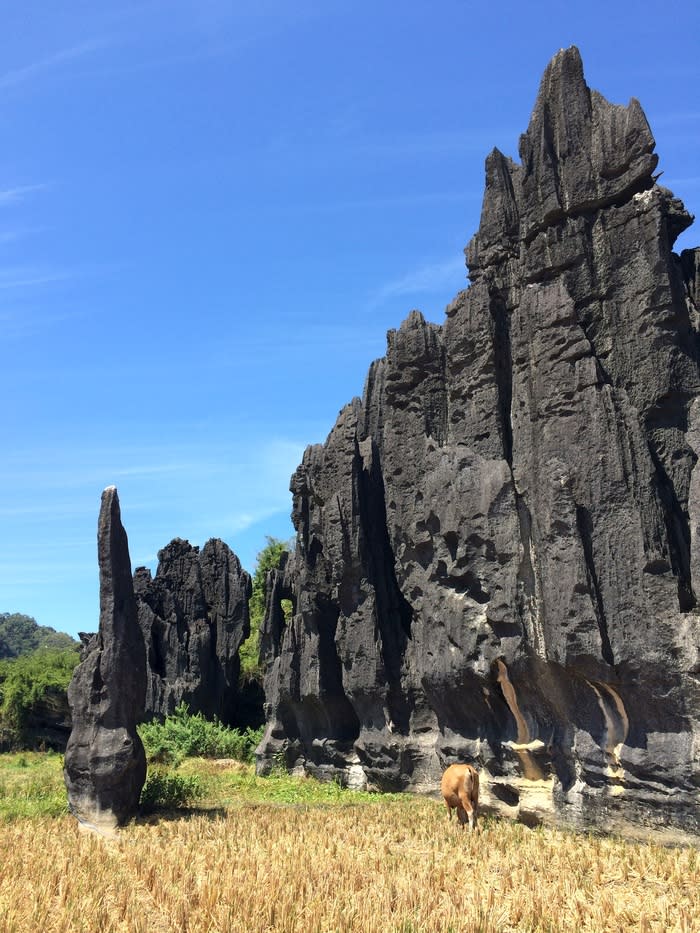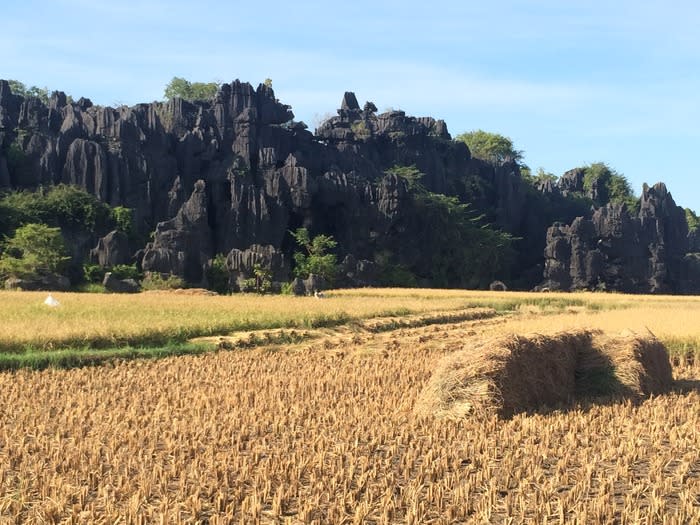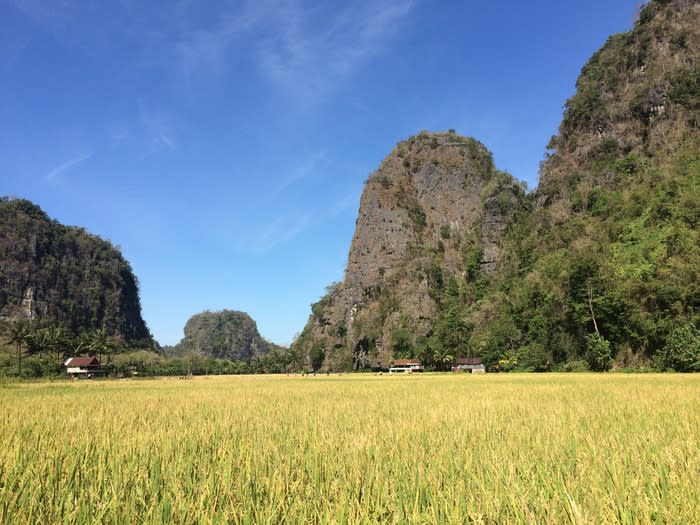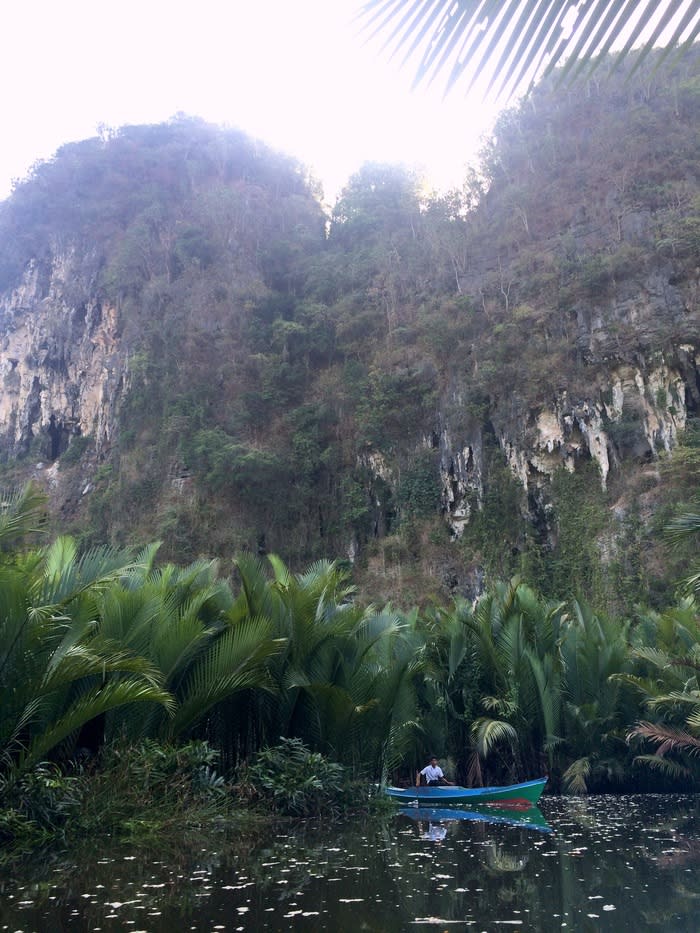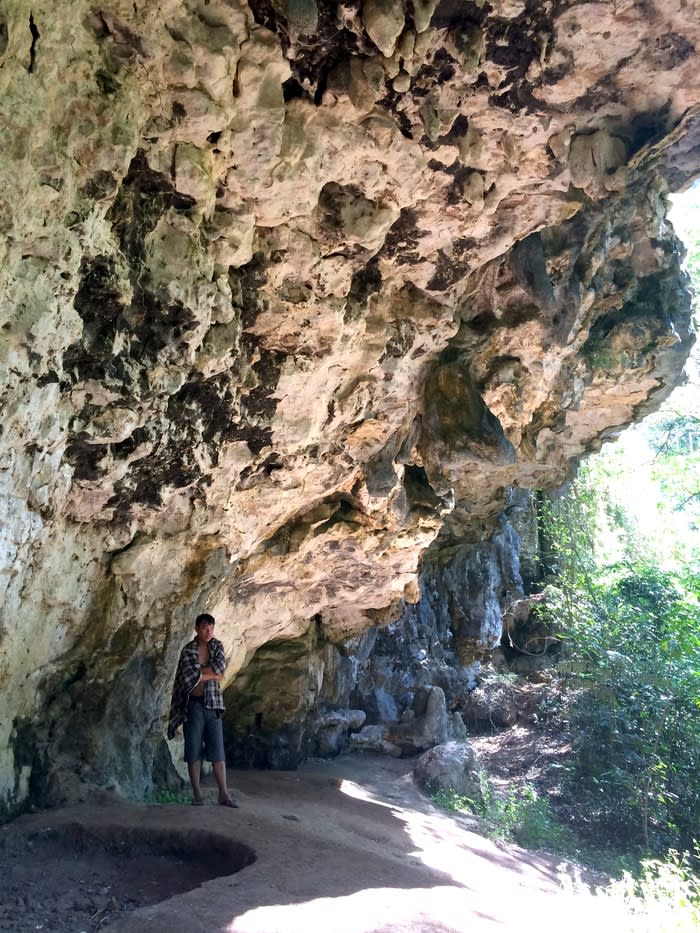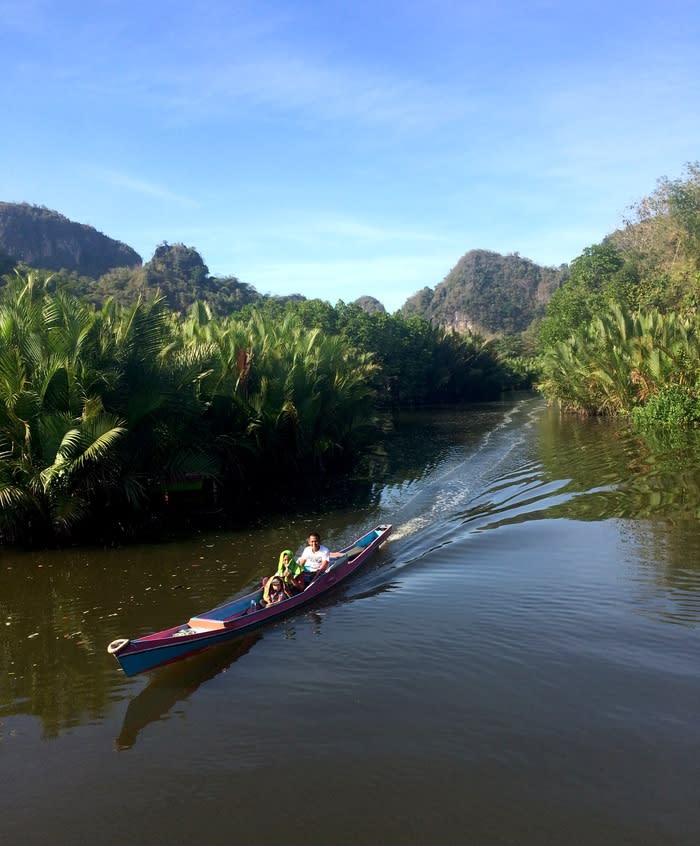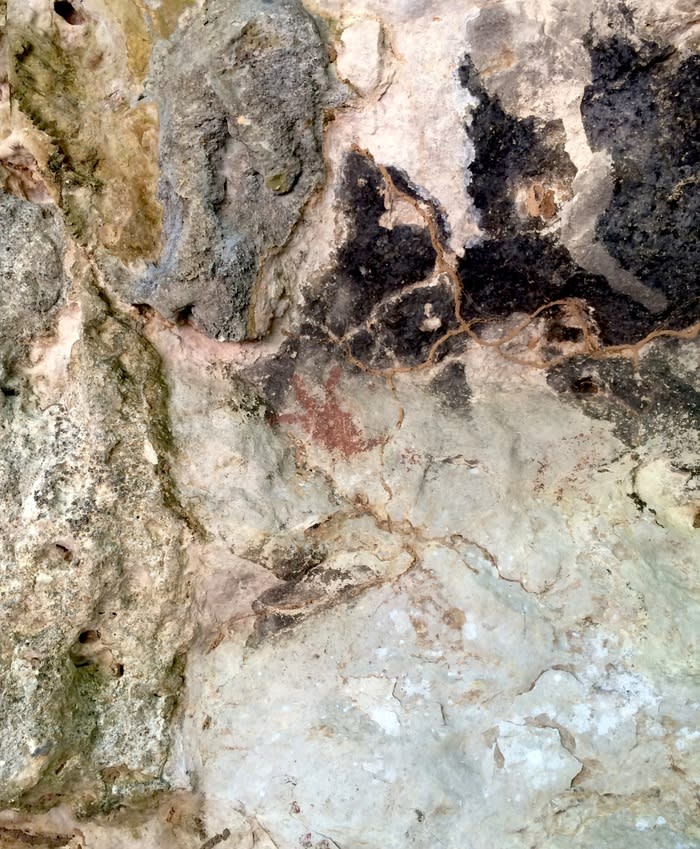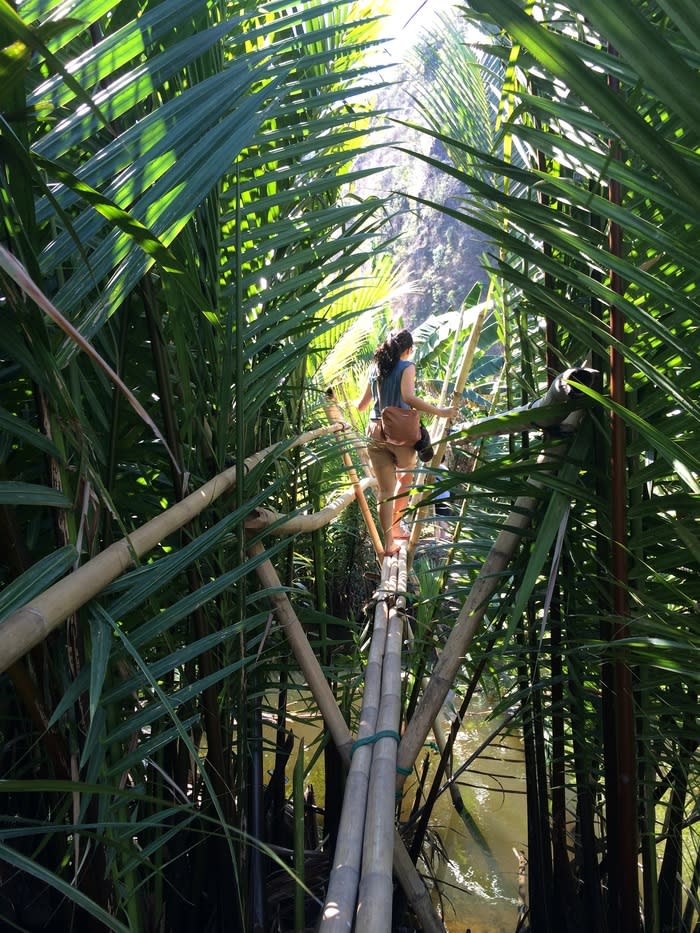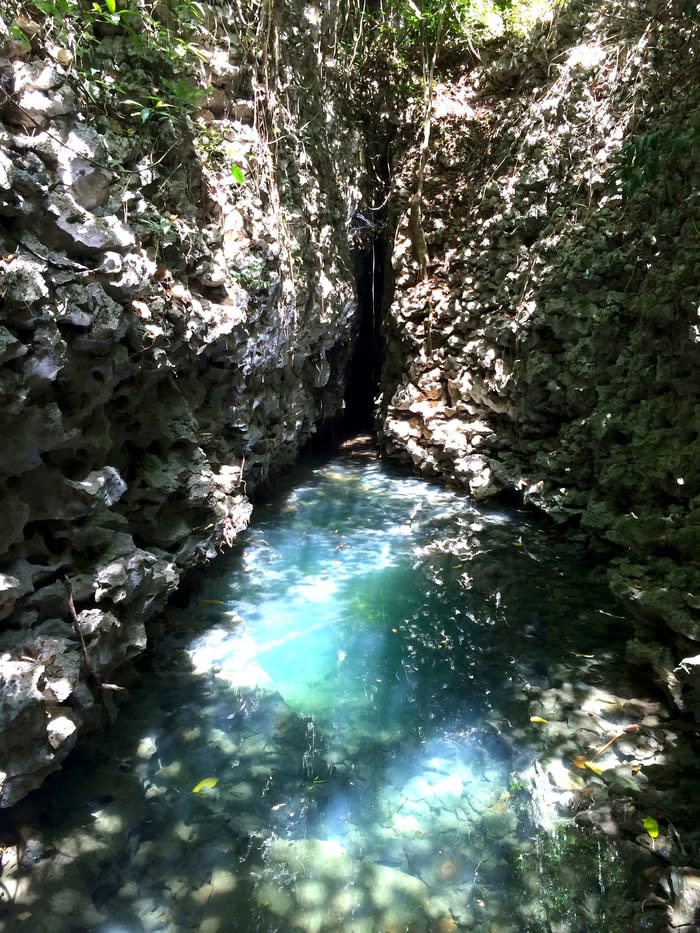Exploring Rammang Rammang, Makassar's hidden treasure chest of karsts and caves
There are two things that probably spring to mind when you think about South Sulawesi: Toraja and the Tana Beru phinisi boats.
The problem is these two places are quite far from the entry point of Makassar. Tana Beru is a four-to-five hour drive, while Toraja takes eight-to-ten hours!
So what happens if you’re in Makassar for just a short trip or only have half-a-day for travel? Two words: Rammang Rammang.
My first trip to Rammang Rammang exceeded my expectations.
I knew this place from the social media outlet, Instagram. A friend had posted pre-wedding pictures of herself riding on a small boat. I went expecting the same experience, but ended up finding so much more.
Rammang Rammang is located in Maros, just an hour or so drive from the city of Makassar.
The place is a little bit hidden behind the main road and there are no signs point the way. It can still be found easily, however.
Just ask the driver to take you to the main gate at the entrance of the Bosowa cement factory in Maros. Not far from the gate there is a view of a small road surrounded by paddy fields. Once you find weird looking giant stones in the middle of the paddy field, you’ll know you're in the right place.
The stones are part of a range of karsts. From the small road, you will see many stones scattered through the paddy fields. Locals have named it “stone park.”
On the other side sits a particularly large karst. That is where you will find the entrance to Rammang Rammang.
Ask a local where to find Rammang Rammang village and you will be led to a dock with many small boat-like canoes called katinting.
You can rent a katinting for Rp 200.000 (US$17), which can carry up to five people at a time. There is no other way to reach the village.
Boarding one of these boats, we soon found ourselves on a river lined with mangrove trees. The river afforded a remarkable view of karsts with gaping caves, towering cliffs and local people riding by on boats going about their daily routines.
After 30 minutes on the river, we arrived at the remote Barua village, finding it wrapped in lovely paddy fields and more karsts.
It turns out that Rammang Rammang is the second largest karst area in the world, after the one in Yunnan, China
The village wasn’t much more than a few wooden houses and some cows, but it was incredibly peaceful.
We asked a local to guide us around the village and he showed us prehistoric caves where we found ancient palm marks on the wall.
The caves were a bit different because the stone was not uniformly black. After walking under the sun, however, the shade came as a welcome relief. Deeper exploration of inner caves is a possibility, but we were happy to just relax.
Next, our guide took us on a hike up a karst where a dam had been built. There we enjoyed a cup of coffee and another stunning view.
On our way back down to the dock, we managed to make another stop at Telaga Bidadari, a small, clear-water pool. Though we didn’t spend much time here, it was a nice delay before returning to the world of electricity.
When I said that this place surpassed my expectations, I meant it. It turns out that Rammang Rammang is the second largest karst area in the world, after the one in Yunnan, China.
The Rammang Rammang karsts straddle Maros and Pangkep regencies and occupy a total area of around 45,000 hectares. In 2001, they became a UNESCO world heritage site.
Read also:


